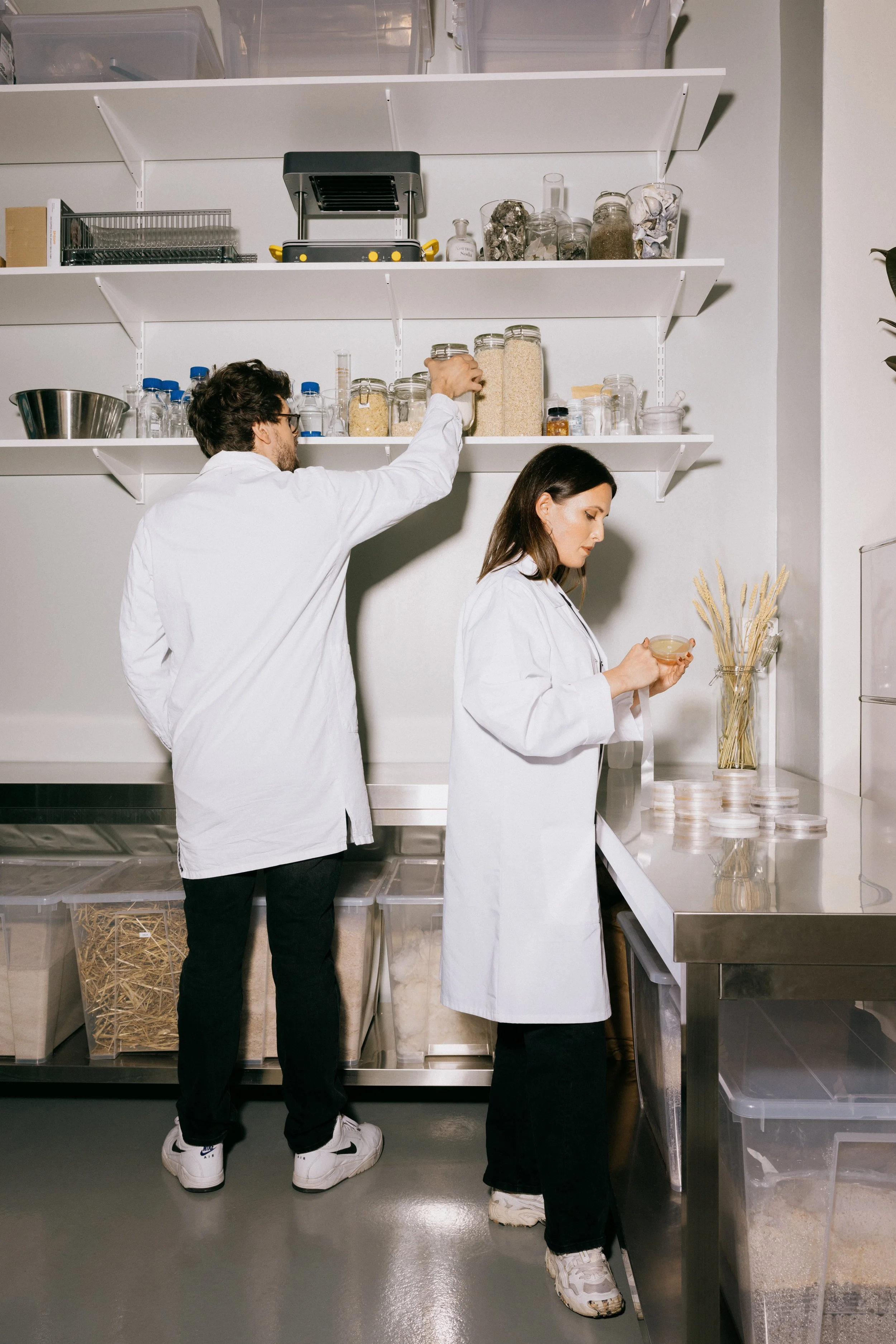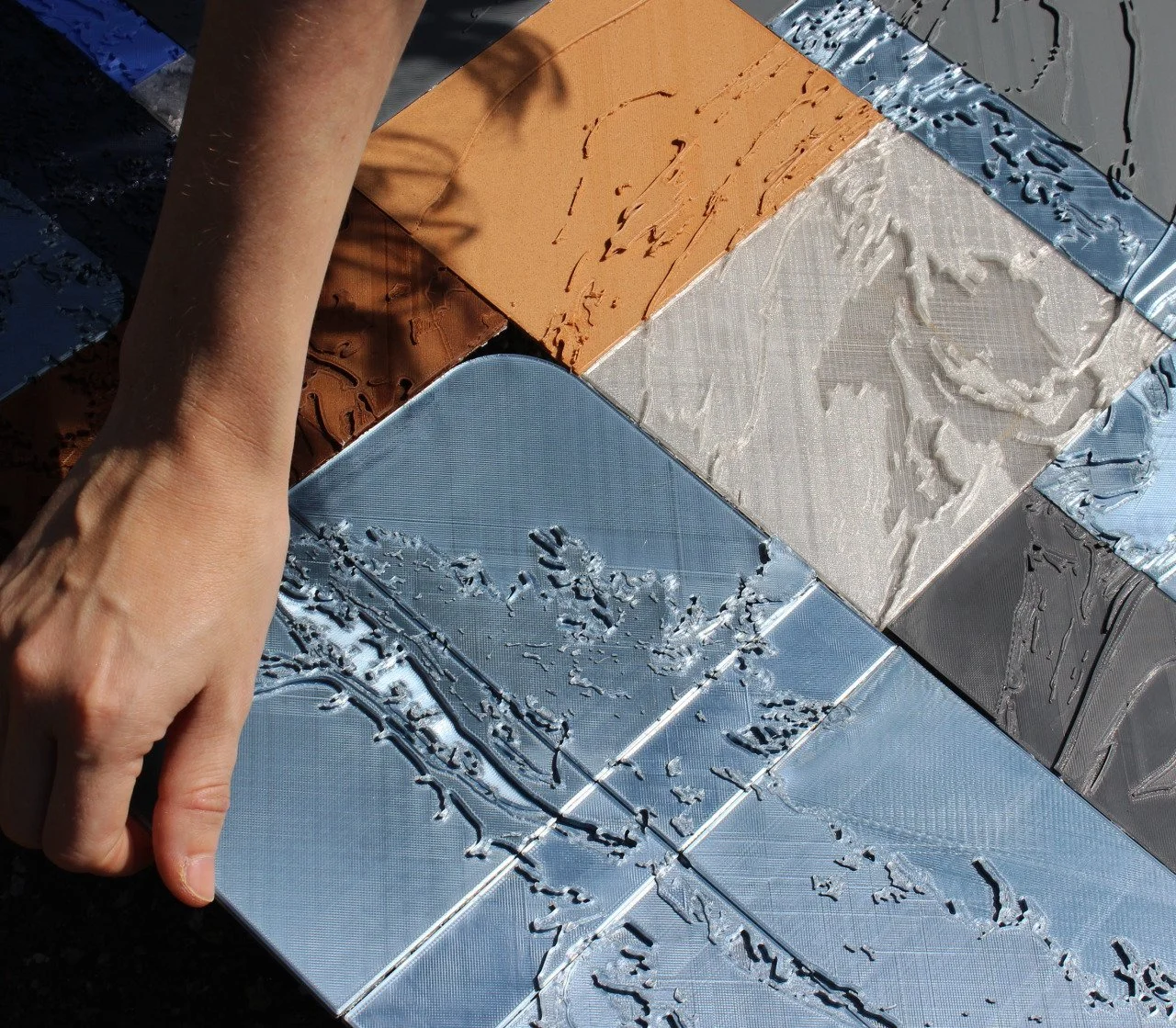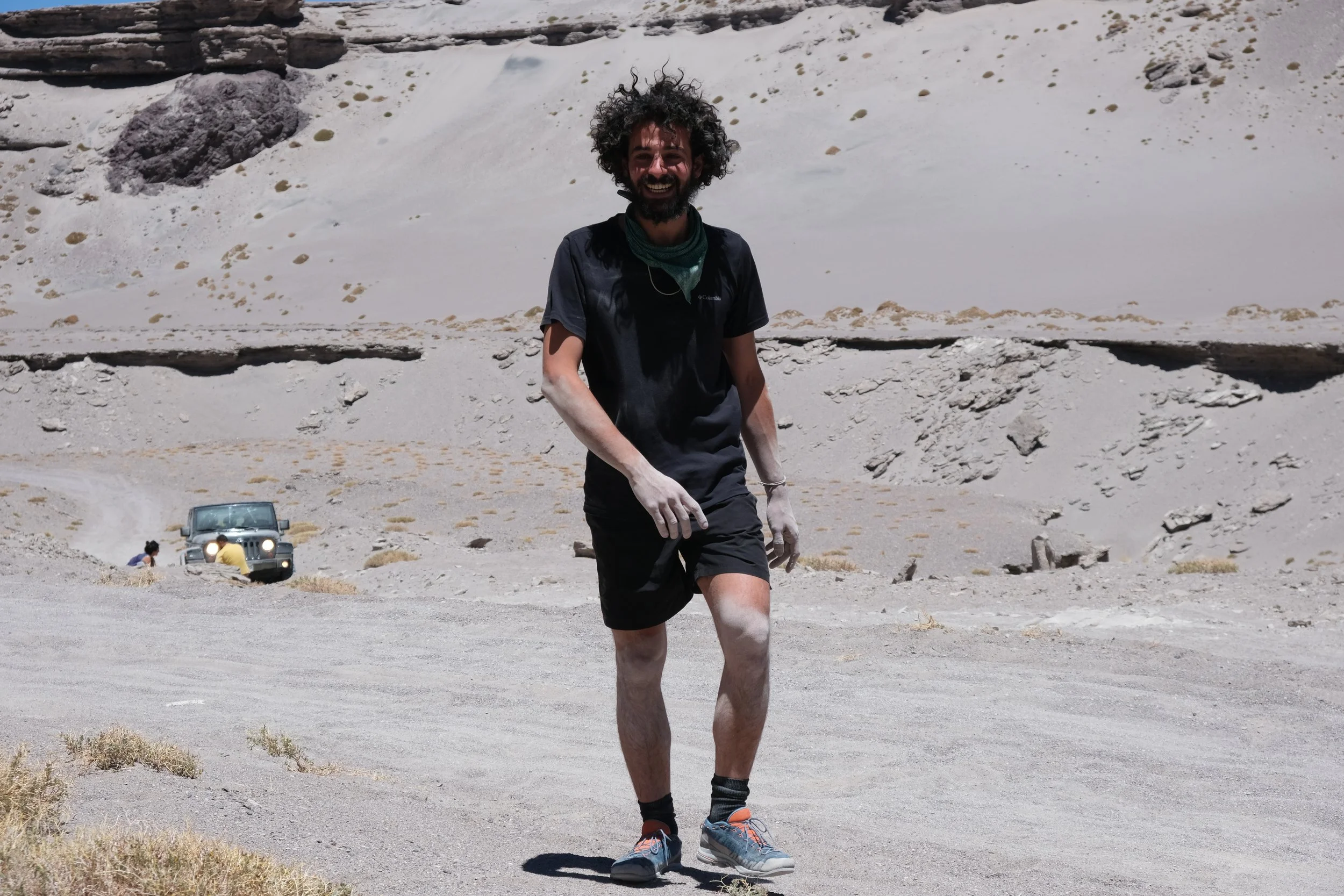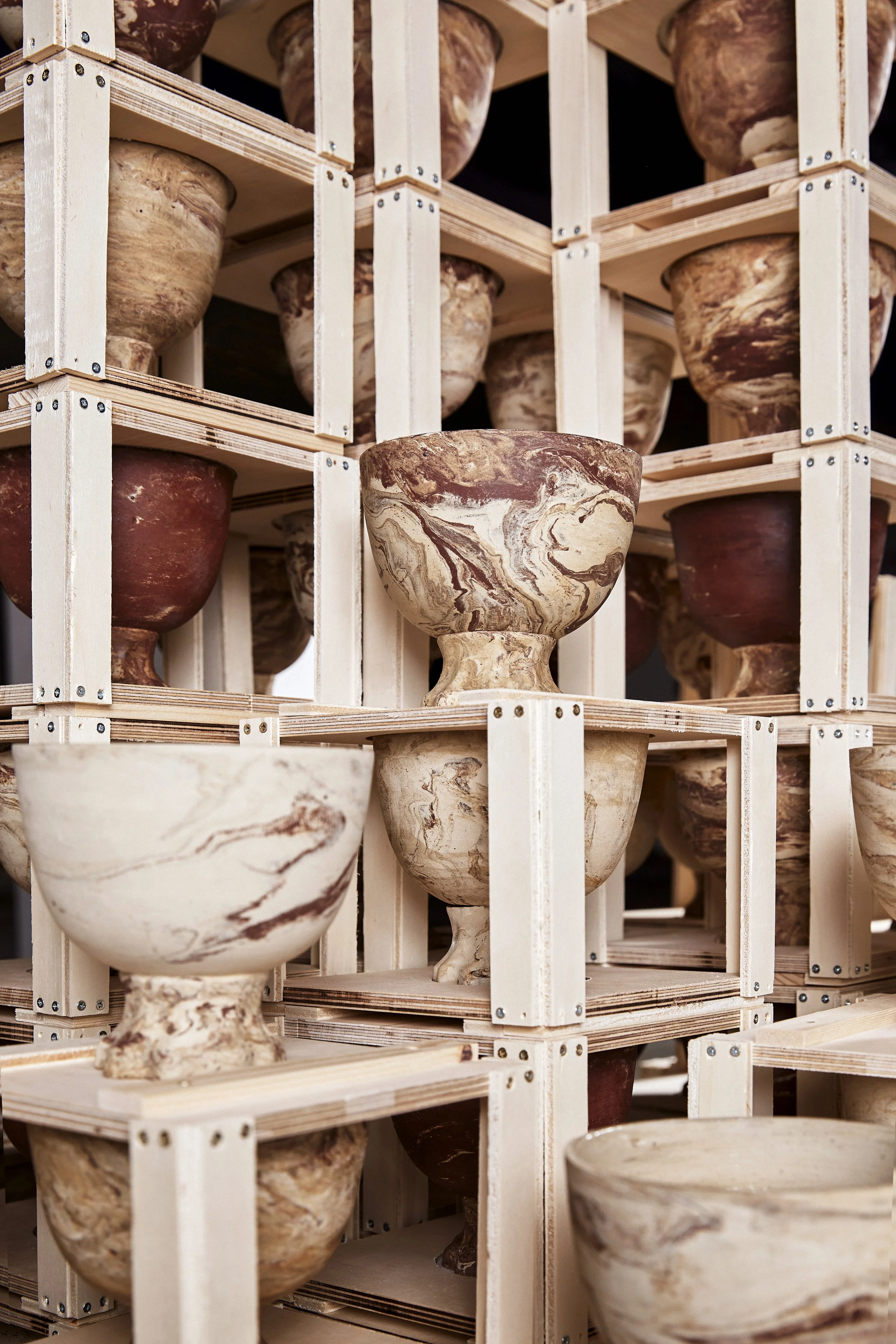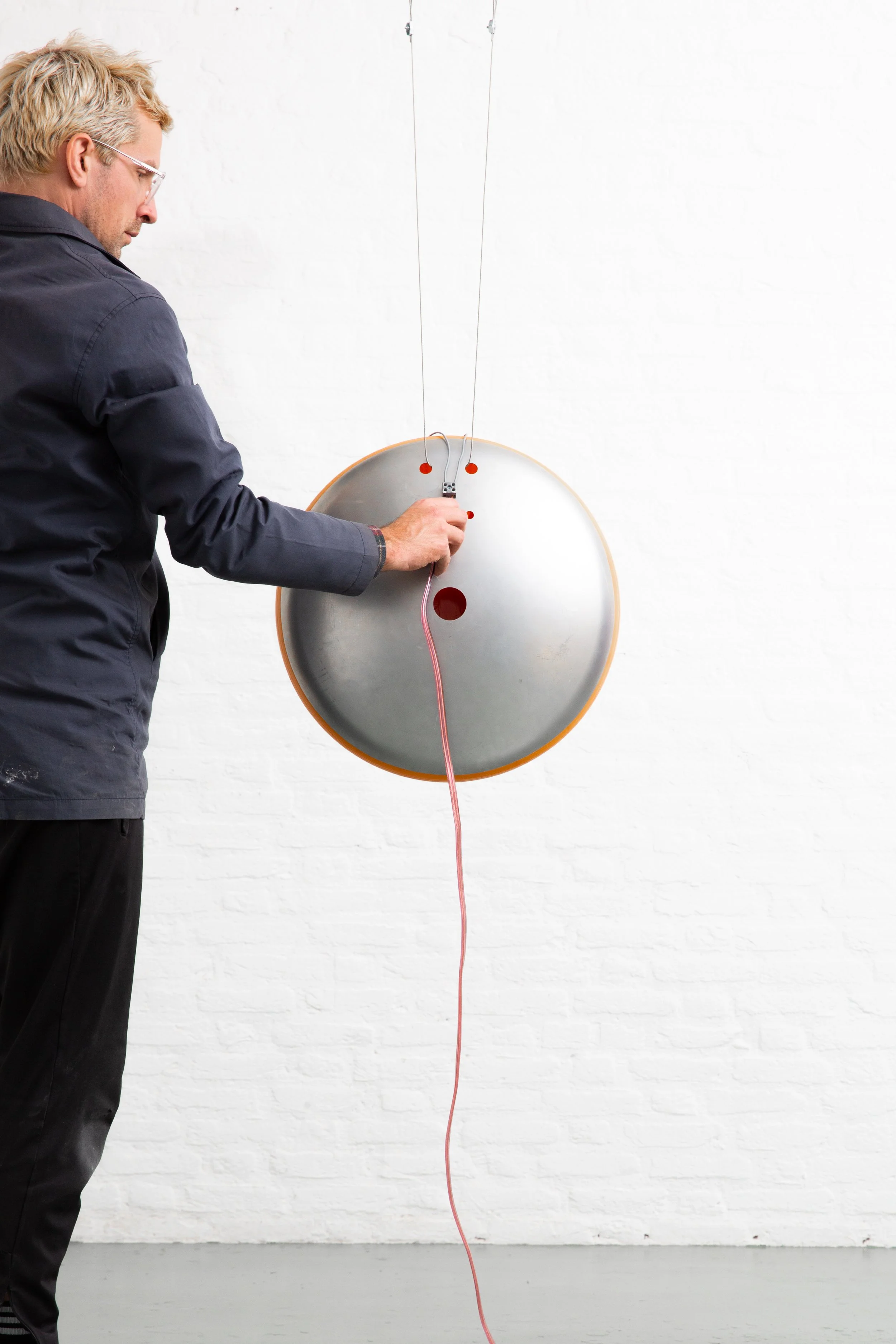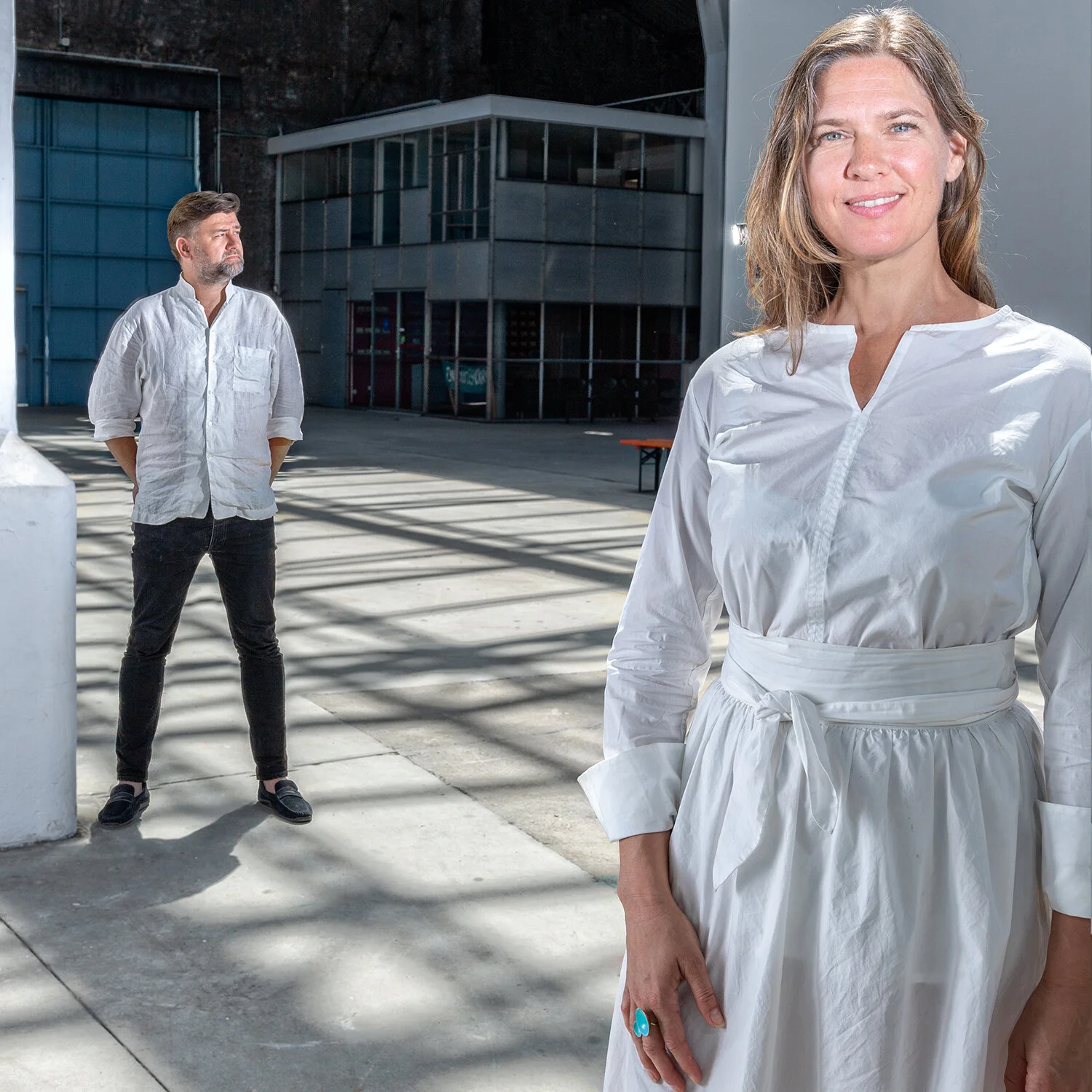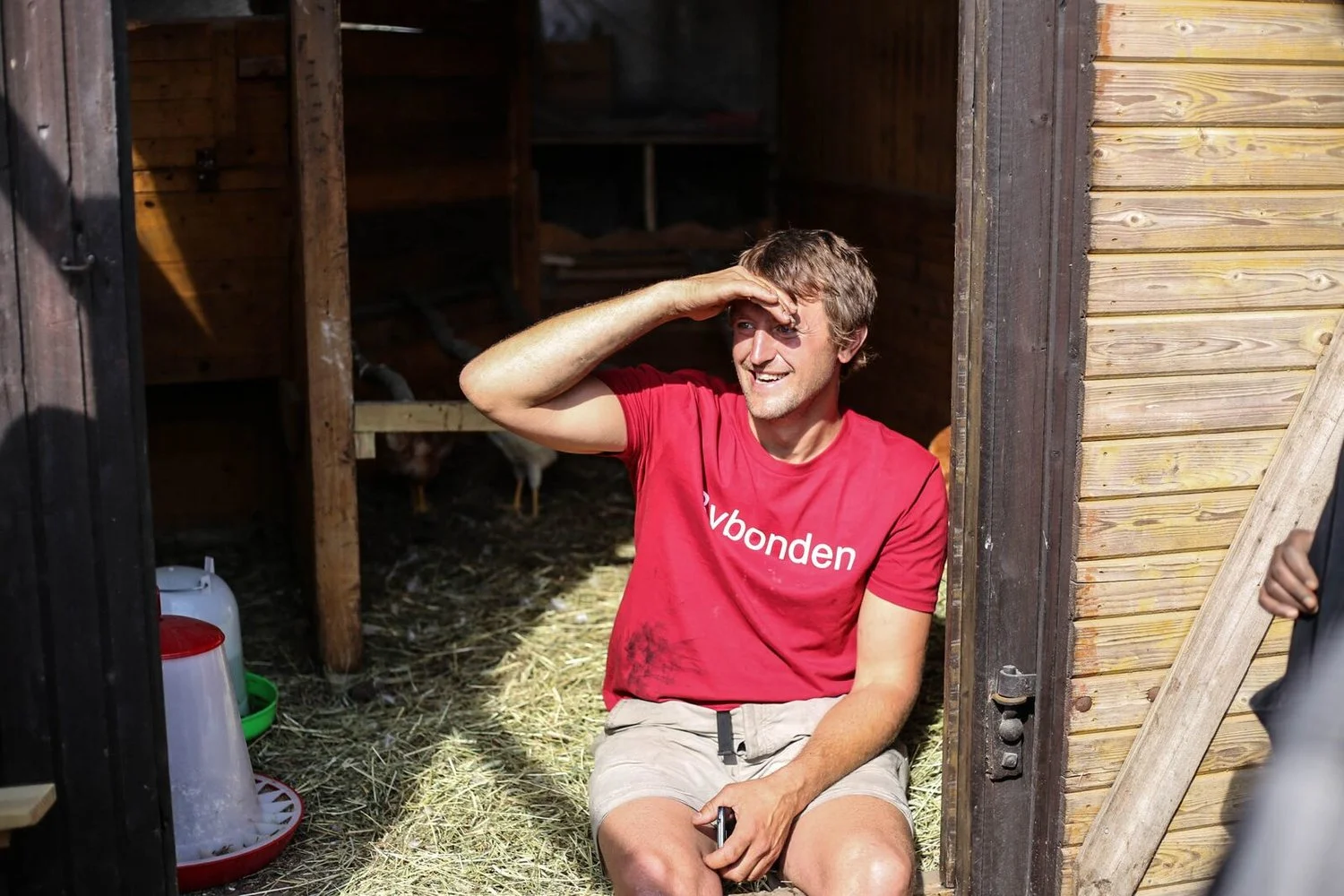Aleksander Langmyhr on VR and future workflows
Dimension 10 is an Oslo-based tech startup working to revolutionize the workflow for architects, engineers and designers with an app that makes it possible to work with 3D models in a realtime virtual environment.
We had a talk with founder Aleksander Langmyhr about their product and the future of VR.
#What is on your desk right now and how does that reflect your work situation?
A big pile of business cards and my self made mac-stand. It is only one month since I came back from Silicon Valley after working there for three months together with other VR-companies. We met tons of interesting people, both potential customers, employees and investors. Since I got back we have met quite a few large Norwegian and International industrial companies that are interested in partnering up with us.
We have a world leading VR knowledge and our platform for instant virtual prototyping and collaboration can add significant value to their workflow and more and more companies are beginning to understand that. Hence all the business cards. My self made mac-holder is for leading by example, even though we now have proper funding in place we need to keep the costs down.
#How do you imagine new workflows and working environments for designers and architects with VR?
It is a very interesting question and very hard to answer, because it is hard to predict the future. But I believe it will change significantly and I´ll tell you why. The last big change in work flows and working environments was when we went from 2D-drawings to 3D-models. And why does everyone now work with 3D-models? Because we learn better in 3D and understand shapes and depths better in 3D. But think about it. How do we actually see 3D-models today? On a 2D, flat computer screen...
VR enable users to actually see 3D-models in 3D, in the same way we observe physical objects in real life. So to get back to your question, VR will quite soon be used for visualisation, both internally amongst designers and architects but also towards customers allowing them better to understand the designs. On a longer term I do belive more design will be done in VR as well, but that shift will take longer as designers, engineers and architects are very comfortable using their current 3D-modelling tools.
#What is your experience of starting an ambitious tech company out of Norway?
I guess starting any company is tough. However starting within VR we have had some extra challenges. First of all, when we started, very few people in Norway knew of VR. And there was no community for VR so nobody could validate what we were doing. Talking to investors we first had to explain VR, before talking about our application of the technology. It is like if the creators of instagram first had to teach their investors what a smart phone was, before they explained how their app was working. In addition we have not taken something that works today and improved it. Our product is ours from inception, which is great, but also challenging since we also have to a lot of educating. That is why our stay with our US investors in Silicon Valley was a fantastic experience. We learned that our solution is very good and that we possess world leading knowledge about VR, also when we compare it to leading people and solutions in the US.
Our company is still very early phase so I want to be careful with any adamant statements, but if feels like the tides are turning. VR is something more people have heard of, also in Norway, and large companies are actively seeking digital solutions that will improve their work flow and make them more efficient. Our solution is doing exactly that and we are experienceing more and more interests from both customers, investors and potential employees.
#The VR technology has been refined for a long time and is now entering the mainstream scene. How do you see the future of VR?
If VR is entering the mainstream scene, it is on the first step on the long stairway up to that scene. We have seen nothing yet and VR is very early phase. We still haven’t been able to find names the different segments of VR! We still say VR and refers to anything from google cardboard to HTC Vive. It is like I would say “computer” and refer to anything from a simple calculator to a NASA supercomputer.
Short term I believe we will see more use cases like our platform provides, adding value for businesses. Today it is still mostly games and entertainment, which is not ideal for the general perception of the technology. Most people today think about roller coasters when you say VR which is a terrible shame, knowing about all the useful and vale creating applications of VR. Going forward longer term I believe we will se more solutions mixing VR and AR (“Augmented Reality”) and that they togheter will become the third computer platform (after personal computers and smart phones).
#How do you perceive the notion of exponentiality in technology? Are we heading towards a radical transformation of the human condition any time soon?
I don´t have enough knowledge about programming and core technology to answer that properly. However I do believe we live in a truly unique time where development is happening faster than ever before and we will experience changes that will fundamentally impact our society. The simplest example is self driving cars. Five years ago, who believed in that? Now they have already driven millions of miles on their own.
#Apart from VR, which other technlogy has the potential to change stuff?
Artificial Intelligence / Machine learning and Blockchain. Again my knowledge is somewhat limited, but while being in the US I met some truly impressive companies. Think that computers now are able to count trees from drone pictures and segment them based on age. The only input being the pictures! And with blockchain, the possibilities seems endless and goes far beyond digital currencies (which are also interesting).
Follow Dimension 10 here: http://dimension10.no
Elementa Conversations:







